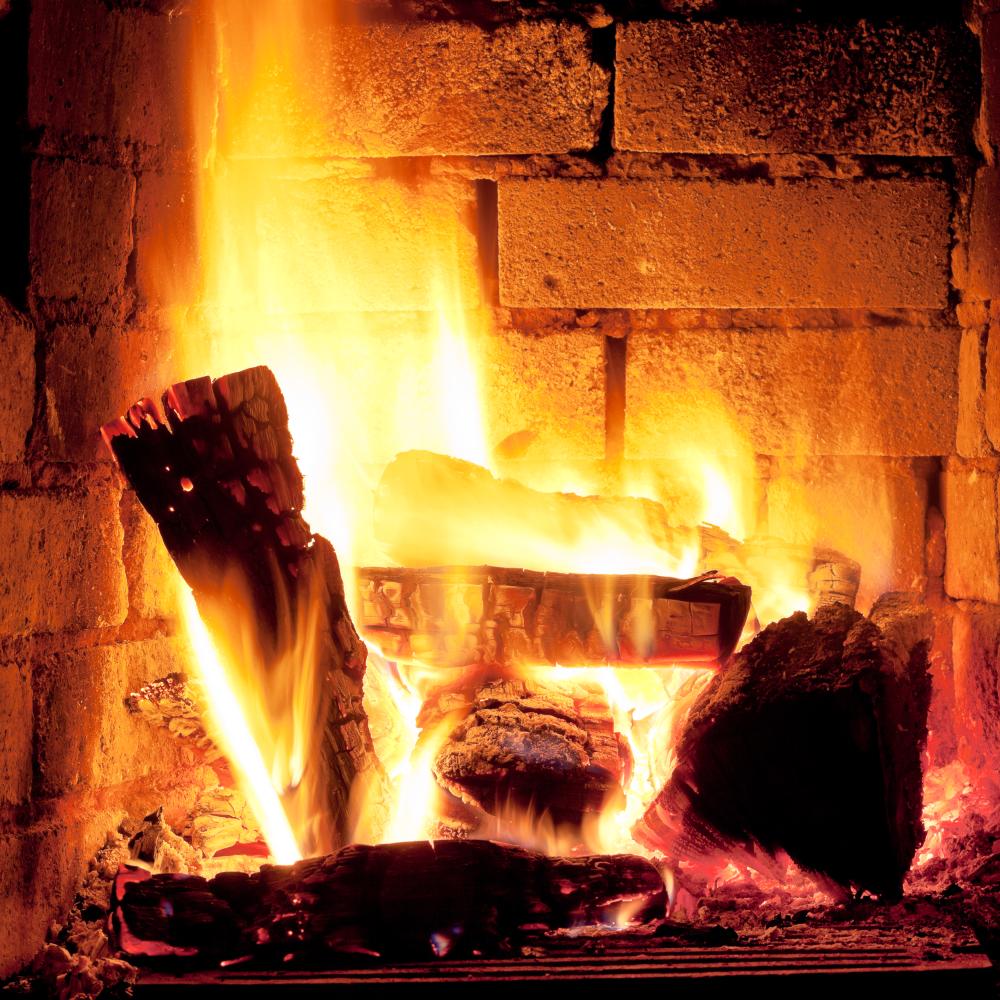
Fire Logs: Combining Eco-Friendliness with Efficiency
In the quest for cleaner, more efficient heating solutions, Fire Los stand out. Made from 100% recycled waste wood, these logs provide a sustainable alternative to traditional firewood. Crafted without chemicals, they present a responsible choice for those wanting to reduce their environmental footprint while experiencing the cozy warmth of a natural flame.
A Fire Log isn’t just about being eco-friendly. It ensures that warmth and heat don’t come at the expense of our planet. A simple choice today, these logs represent a significant step towards a sustainable tomorrow, making them a popular choice among seasoned campers and homebodies alike.
What are the Benefits of Using a Fire Log?
Fire Log offers several benefits that make it a superior choice for heating:
- Eco-Friendly Composition: These fire logs are made from 100% recycled wood waste, minimizing deforestation.
- Cleaner Burning: With zero chemicals, the logs burn cleaner, reducing indoor air pollution.
- Efficient Heating: Each log provides consistent heat, similar to or better than traditional firewood.
- Moisture Resistant: Designed to withstand damp conditions, ensuring they light up easily in various weather scenarios.
Making the Choice for a Fire Log: Insights from a Professional
As someone who has worked in the sustainable heating industry for over two decades, I can attest to the exceptional qualities of Fire Log. My journey began with a curiosity about how eco-friendly practices could integrate with traditional methods, leading me to MaineFlame. Their commitment to sustainability mirrors my own professional ethos.
In my experience, customers increasingly prioritize products that offer both efficiency and environmental responsibility. Fire Log meets both criteria brilliantly. By choosing these logs, you’re not only ensuring warmth but also investing in sustainable practices that benefit our environment.
Furthermore, these logs have been tested under various conditions, consistently showcasing an impressive BTU output without the smoke and soot associated with other fire sources. This makes them an ideal choice for both indoor and outdoor settings.
How to Effectively Use Fire Log for Maximum Efficiency
- Preparation: Ensure your fireplace or fire pit is clean and dry before starting.
- Placement: Position the Fire Log at the center, ensuring air circulation around it.
- Ignition: Light the edges of the log with a match or lighter for quick ignition.
- Monitoring: Keep an eye on the burn to ensure consistent flame–no need for constant adjustments.
- Safety First: Always keep a safety screen in place, especially indoors, to prevent embers from escaping.
Troubleshooting and Common Questions about Fire Log
A frequent question is about what to do if the fire log doesn’t ignite easily. The solution often lies in ensuring the log is dry and exposed to adequate airflow. If moisture is suspected, allow the log to dry out before attempting again.
Another concern is smoke production. Fortunately, Fire Log’s design minimizes smoke, but if you experience it, check for obstruction in your chimney or ensure the fire is not too enclosed, which might restrict airflow.
Lastly, some users wonder about the environmental impact of disposal. Rest assured, these logs leave minimal ash, which can be used directly in composting or dispersed in gardens as a natural fertilizer.
Environmental Impact and Sustainability of Fire Log
Fire Log represents a shift in how we perceive traditional burning methods, focusing on sustainability without compromising performance. The production process uses waste wood from logging operations, turning potential waste into a valuable heating resource. This method not only minimizes waste but also supports local economies, reinforcing the importance of community in environmental initiatives.
By using Fire Log, you’re actively participating in the reduction of carbon emissions associated with traditional firewood. It’s a choice for the conscious consumer, one that benefits both personal well-being and planetary health.
Throughout my many years in this field, I’ve witnessed the changing attitudes towards environmental responsibility. Fire Log exemplifies how industry innovation can align with these values, leading us towards a more sustainable future.

What makes MaineFlame firelogs an environmentally friendly choice?
MaineFlame firelogs are celebrated for their eco-friendly composition, crafted from 100% recycled waste wood sourced from local logging operations. This process not only minimizes the carbon footprint by reusing materials that would otherwise go to waste but also supports your local economy. Choosing these firelogs means actively engaging in sustainable practices, which can significantly reduce the deforestation associated with traditional firewood. Furthermore, they burn cleaner due to their chemical-free production, contributing to reduced indoor air pollution. Have you ever considered the impact your choice of firewood has on the environment?
How do MaineFlame firelogs compare in terms of heat output to traditional firewood?
MaineFlame firelogs are designed to provide efficient and consistent heating, similar to or even better than traditional firewood. The logs are engineered to have an impressive BTU output, making them a reliable source of warmth that’s perfect for both indoor and outdoor settings. Many users report experiencing a consistent flame that doesn’t require constant adjustments, allowing for a more enjoyable and hassle-free experience. Would you like to explore different ways to maximize their heat output in various conditions?
Are there any misconceptions about the usability of MaineFlame firelogs in damp conditions?
A common misconception is that all firelogs struggle in damp conditions. However, MaineFlame firelogs are moisture-resistant, ensuring they can withstand and light up easily, even when exposed to damp weather. This feature makes them an excellent choice for campers and outdoor enthusiasts who might encounter unpredictable weather. By ensuring your firelogs stay dry before use, you can further enhance their usability regardless of the weather. Have you had any experiences with lighting fires in challenging conditions that you could share?
What should I do if my MaineFlame firelogs produce smoke unexpectedly?
While MaineFlame firelogs are designed to minimize smoke due to their clean-burning nature, occasional smoke might occur if there’s restricted airflow. Make sure your fire pit or fireplace is not too enclosed and that the chimney is unobstructed. Suppose these logs are experiencing smoke issues; it’s often a sign that environmental conditions or positioning need adjusting. Have you checked the airflow or chimney setup recently to ensure optimal burning conditions?
How does using MaineFlame firelogs impact my carbon footprint?
By using MaineFlame firelogs, you contribute to a more sustainable future by reducing carbon emissions typically associated with burning traditional firewood. These logs are produced using a method that turns wood waste into a valuable resource, reinforcing the importance of sustainability and community support. This reduces reliance on virgin wood resources and aids in limiting the environmental impact of such operations. Are you interested in learning more about other ways to reduce your carbon footprint at home?
What are the practical steps for effectively using MaineFlame firelogs?
To get the best from your MaineFlame firelogs, start by ensuring your fireplace or fire pit is clean and dry. Place the firelog centrally, allowing good air circulation, and use a match or lighter to ignite it at the edges. Monitor the flame to maintain consistent burning, and always use a safety screen to prevent any accidents indoors. These steps will help optimize the firelog’s efficiency, providing a warm and inviting fire for any occasion. Have you tried different techniques to enhance your fireplace experience?
Resources
- Environmental Protection Agency (EPA) – The EPA website provides valuable information on environmental issues, sustainability, and tips for reducing carbon emissions.
- National Wildlife Federation – The NWF focuses on wildlife conservation, habitat protection, and promoting a sustainable approach to living in harmony with nature.
- U.S. Department of Energy – The Department of Energy offers resources on energy efficiency, renewable energy sources, and ways to reduce energy consumption.

Recent Comments